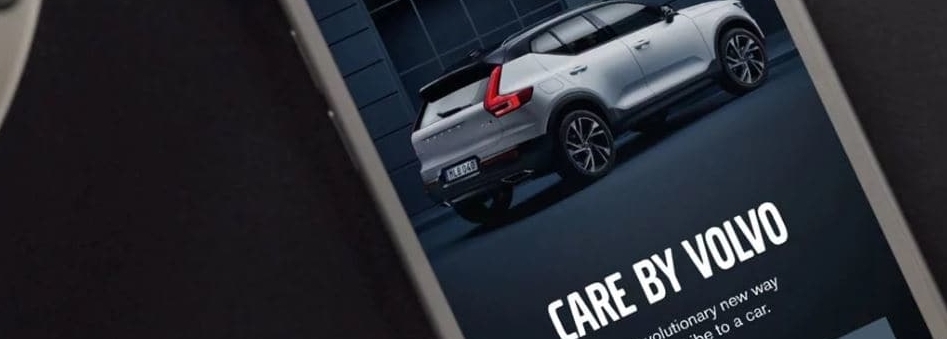184. Rick West: When B2B Goes Click-To-Cart
Do the principles of customer value generation that we espouse in our Economics For Business program apply equally for both B2C and B2B businesses? The answer is emphatically yes. B2B customers are seeking subjective value and a value experience just as B2C customers are. They have a clear sense of the things that matter to them, and those include emotional and personal values as well as price and functionality and performance.
In fact, trends that begin in the B2C domain often quickly begin to influence the B2B domain, and the alert entrepreneur can track those trends in B2C and establish an early advantage by exploring them for their business customers. Rick West has done exactly that with his business services company, Field Agent.
Key Takeaways and Actionable Insights
In addition to identifying a meaningful problem, and providing an effective innovative solution, entrepreneurs in today’s B2B market must offer the right service delivery platform.
Rick West created a company called Field Agent to provide B2B customers with a meaningful service: monitoring their retail stores and shopper behavior and collecting in-store data about the interactions of shoppers, stores, shelves, displays and products. This kind of information is high value for both the retail operators (like Walmart) and the companies that sell products through retail stores (such as Procter and Gamble or The Coca-Cola Company). The set of services often goes by the terminology of “shopper marketing”.
Typically, such business service offerings have a long and cumbersome sales cycle. The service provider and the service client get in contact, there are meetings, prices are negotiated, and contracts are prepared and signed. Then, once the service is executed, there are more steps in analytics and preparation of presentations of findings, and another big meeting to discuss the findings and recommendations. Lots of meetings, lots of travel, lots of time, lots of lawyers.
Is this the right service delivery platform? It’s been virtually institutionalized over time. But it’s not a good fit with modern business models and the modern technology-shaped environment.
The Amazon effect.
Think about purchasing on a shopping platform like amazon.com. The customer first self-educates. If there’s a complex product to buy – such as an expensive flat screen HDTV with internet connectivity and interaction with all the latest entertainment ecosystem devices like Roku and streaming services like Apple TV – the customer might search for information via google, might visit some ratings sites, do some comparison shopping, and generally collect information to get to the point where they are confident of making a purchase. They don’t need to speak to an HDTV salesperson or a “customer success manager” or to sign a paper contract.
Or think of a slightly more complex transaction such as buying a car on Vroom. There are some contracts to be signed via DocuSign, but confident shoppers are comfortable with self-educating, making their decision, committing, and experiencing the delivery of the car to their home, perhaps with the added service of taking away their old one.
This is the world of services and service delivery we live in today. Your B2B customer also has a life as a consumer and an internet shopper, and is fully aware of the efficiency, convenience, and safety of these kinds of transactions. Call it the amazon effect: customers becoming comfortable with the “click-to-cart” experience, without interpersonal interaction with a salesperson or other service personnel.
Why not in B2B services?
Click-to-cart has arrived in B2B services.
Rick West’s customers for Field Agent services can purchase them on plumshop.com. A full array of shopper marketing services is offered via pull-down menus in categories such as Audits, Marketing, and Insights. Under these headings are Display Photography, Price Check, Shelf Management, Price Sensitivity Study, and dozens more, all in the language of shopper marketing that’s well understood by the knowledgeable B2B service buyer.
Clicking on any one of these takes the client to a price list and a detailed description of the service and its output, all in the colorful and engaging presentation style of an e-commerce site (like amazon.com!) The client can create an account online and make a transaction just as easily as buying a TV on amazon (and probably easier than buying a car on Vroom).
Self-educated buyers know exactly what they want, and the description and designation of the services are crisp and clear. Clients can check out testimonials, comparison shop, and take all the steps any smart B2B service purchaser would take to get themselves to the point of confidence and trust.
Some customized services will always be a client requirement, but there will be a rapid shift to more and more self-service.
Some clients and some projects will always require a custom, tailored response, and Rick’s company has both custom service and automated service capabilities. One point he makes is that a first project might be customized and accompanied by in-person client service, while for the second or repeat purchase, the client will be comfortable with the click-to-cart process.
Rick’s guessing a 70:30 split for automated versus customer services over time in his field, especially as the interface software learns and becomes better and better at responding to client needs and preferences.
B2B entrepreneurs are trend-spotters in the B2C domain.
People are people. Economic behaviors that we can observe in consumer shopping and buying are bound eventually to show up in business-to-business markets. They’re the same people – your B2B client is a consumer when not at work. Smart B2B entrepreneurs keep an eye open for B2C trends that can be expected to transfer to B2B and jump on them early.
Additional Resources
Field Agent: FieldAgent.net
Plum: PlumShop.com/fa/shop
Rick West on LinkedIn: Mises.org/E4B_184_LinkedIn








Leave a Reply
Want to join the discussion?Feel free to contribute!